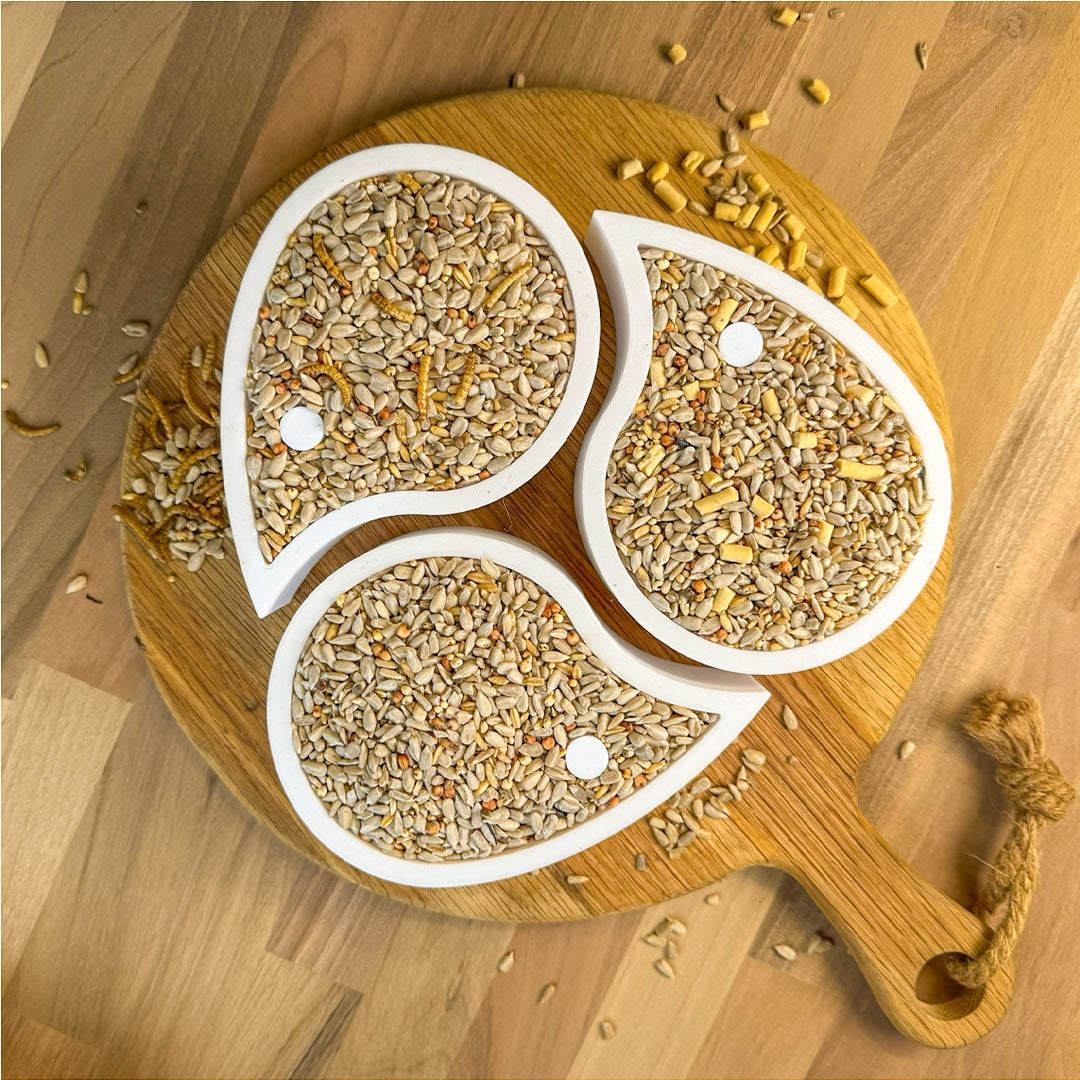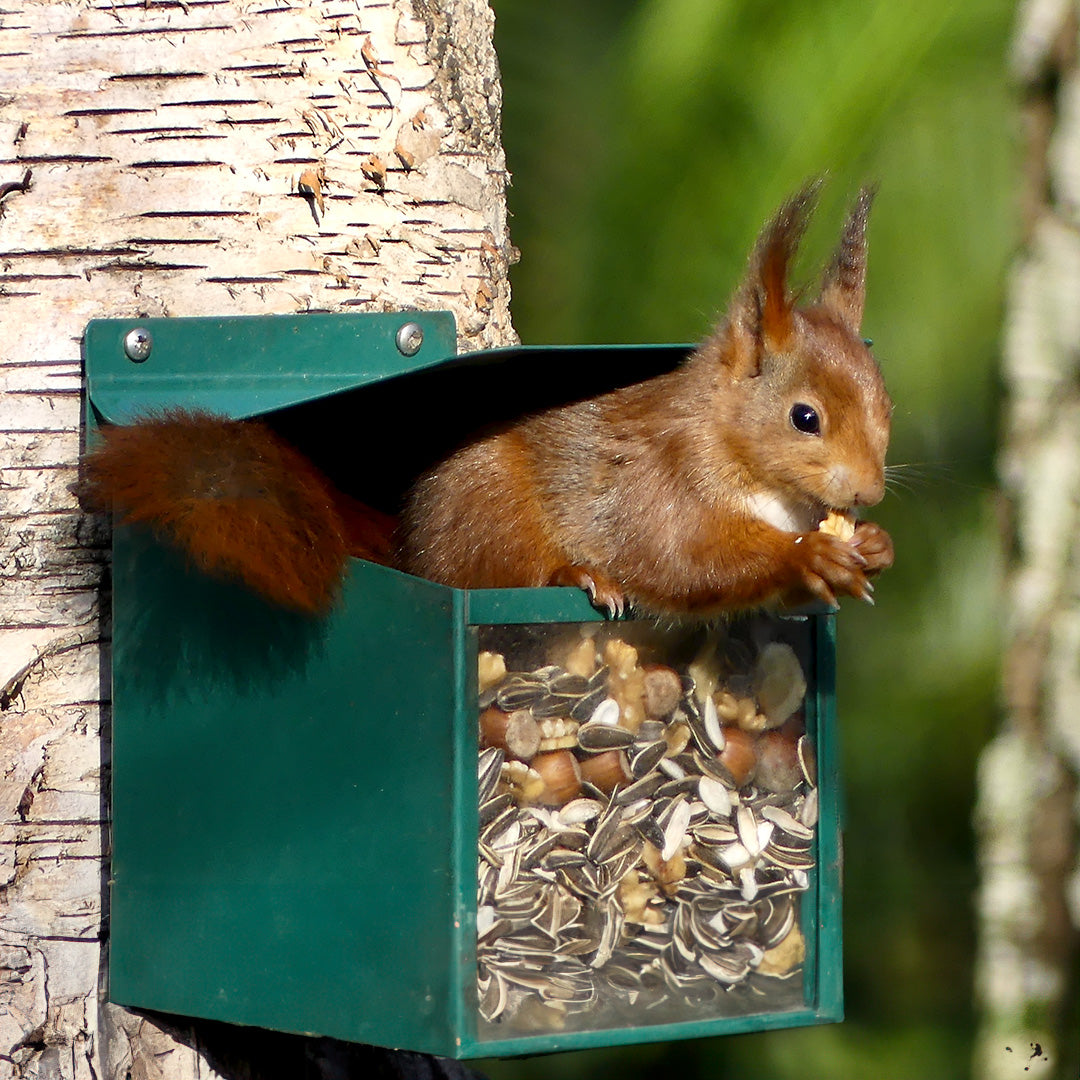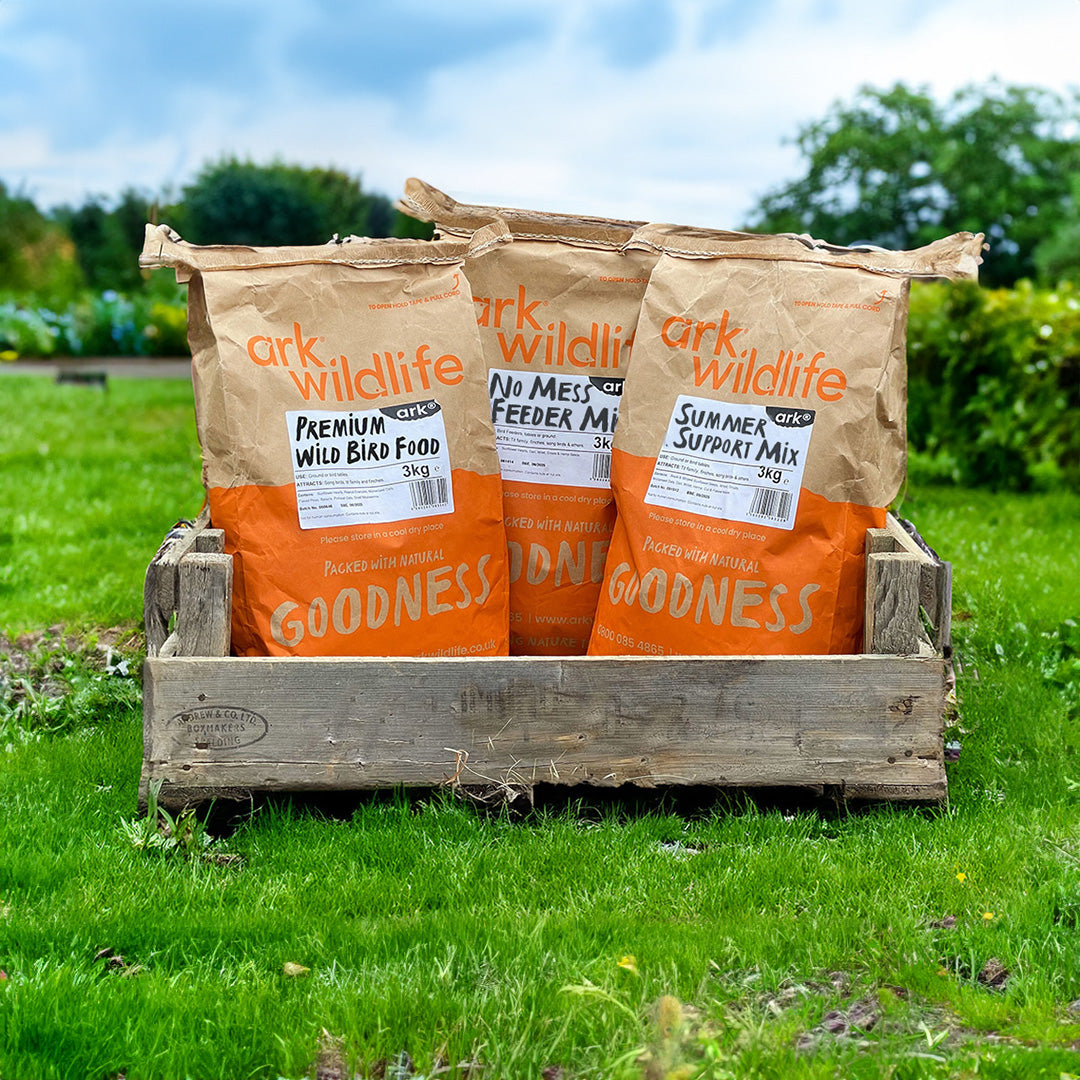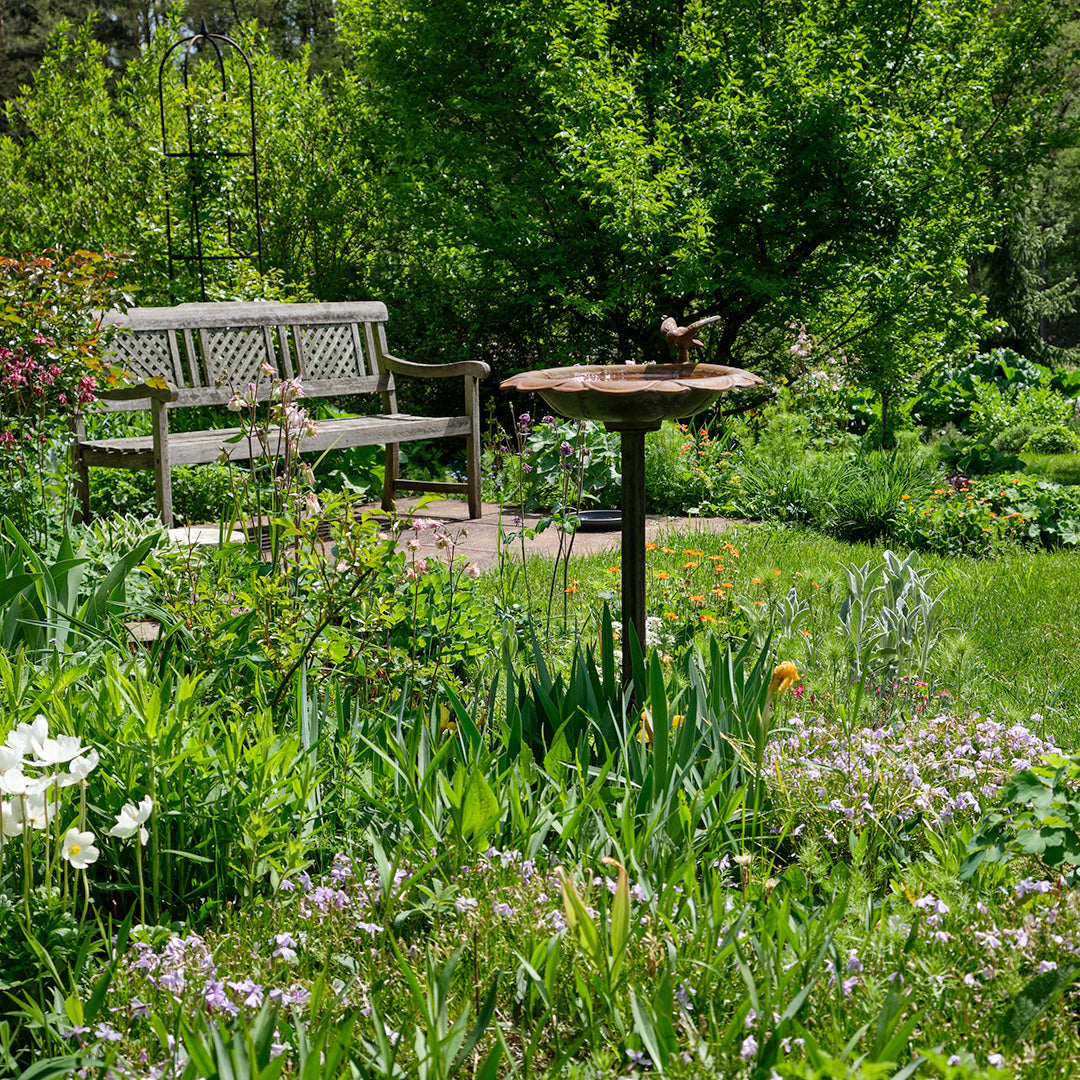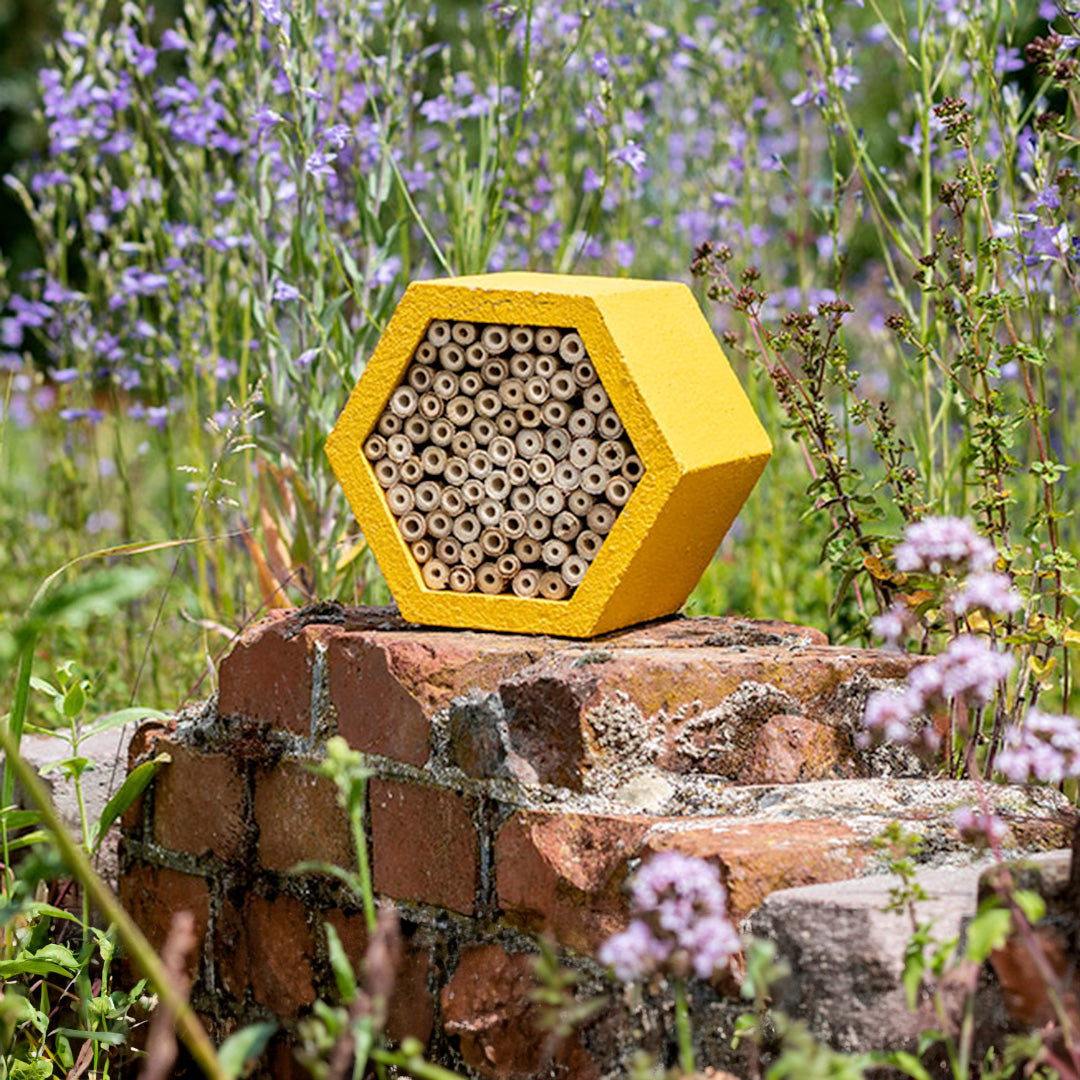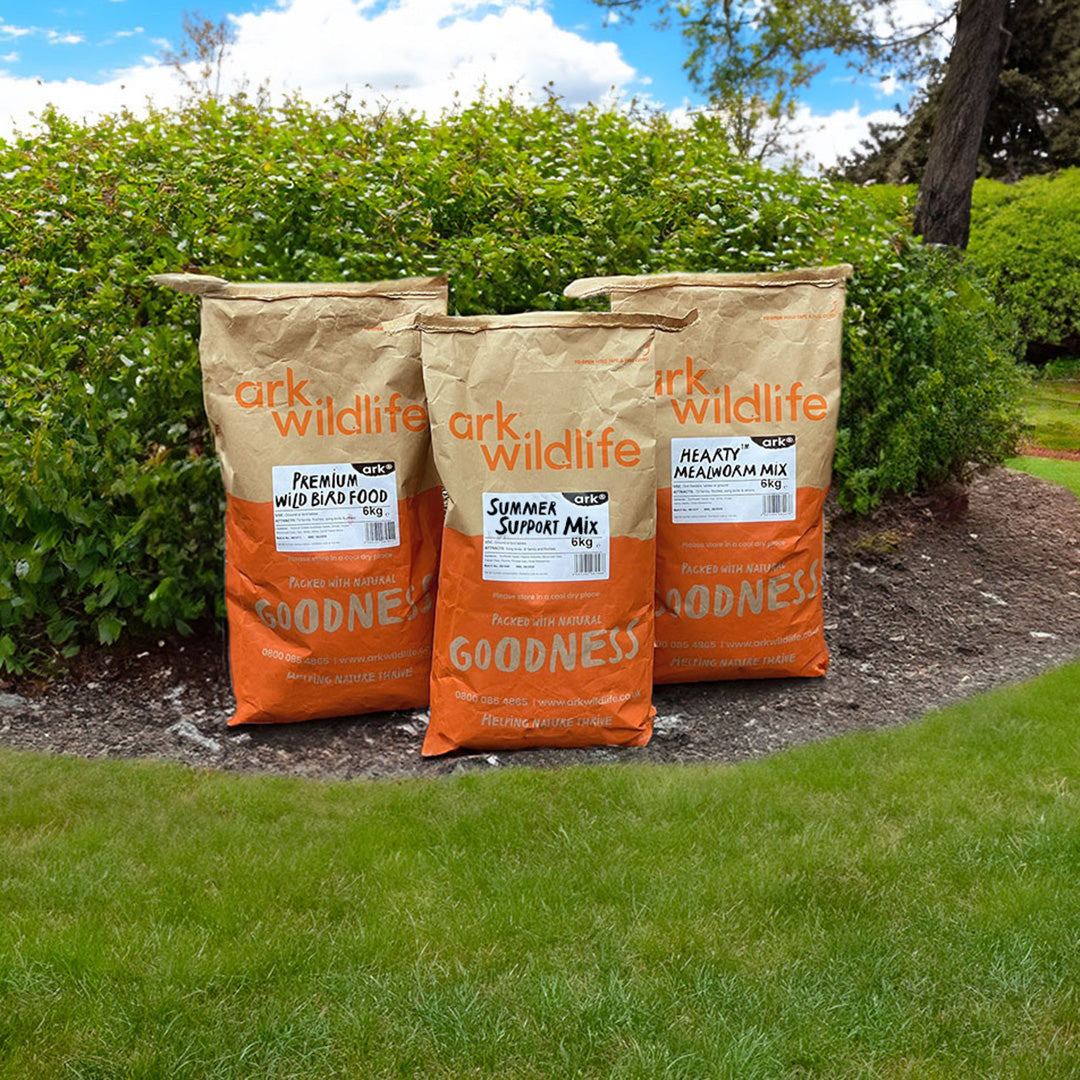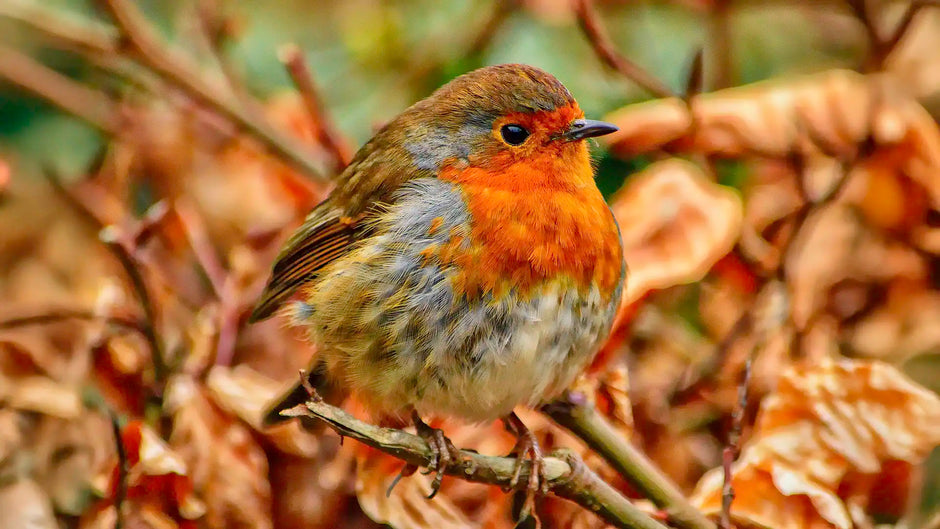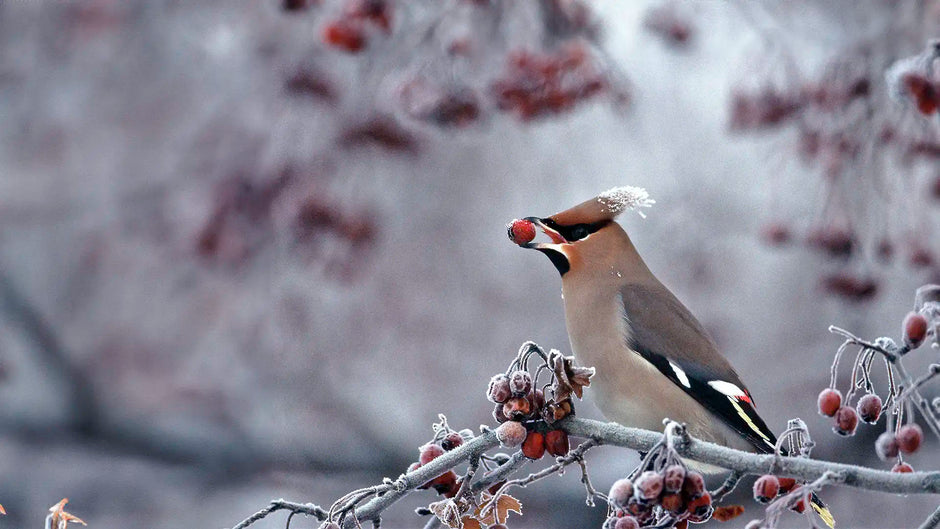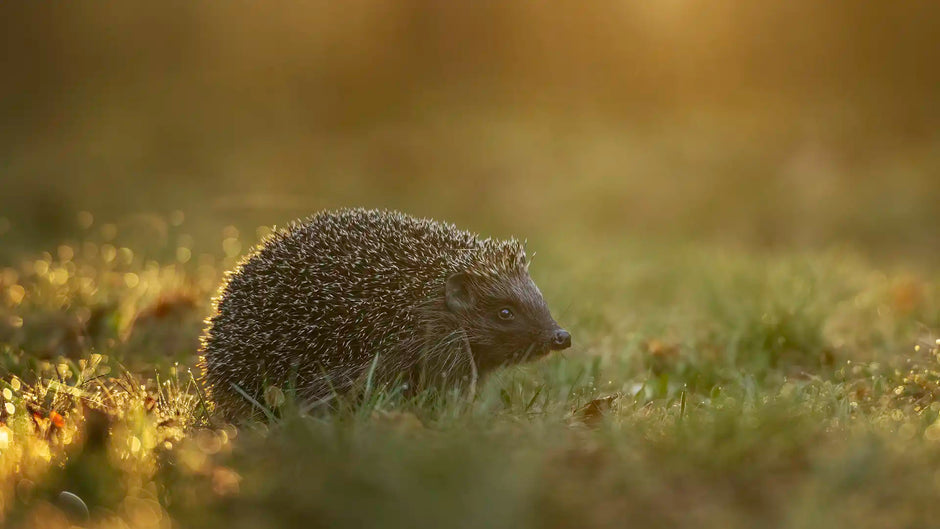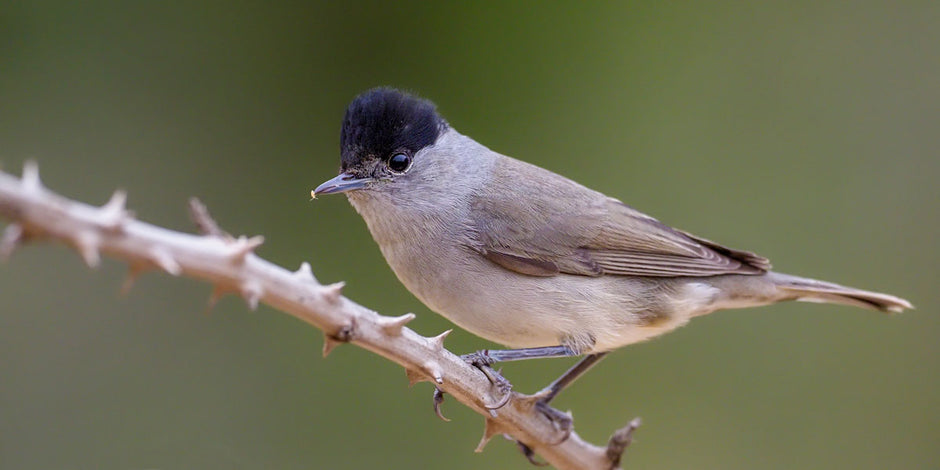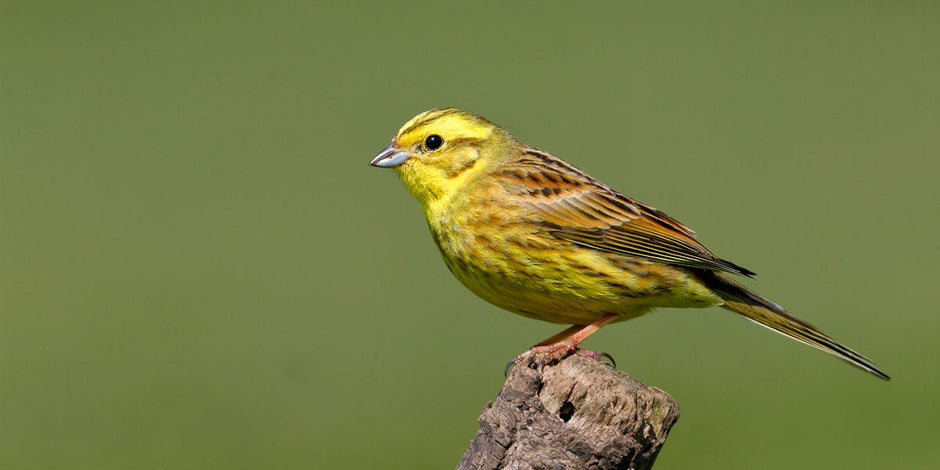What exactly do we mean when we talk about autumn orphan and juvenile hedgehogs?
Some hedgehogs may have more than one litter a year and the last litters can be born as late as September or even October in mild years, giving these young very little time to gain weight before they need to hibernate.

Being born late in the summer gives them a real disadvantage over their spring born siblings. Not only do they have less time to put on weight during warm summer nights when natural food abounds, they also get abandoned sooner by their mothers who need to put on weight themselves!
During autumn, while nights are longer, they are also colder and much of the natural insects hedgehogs forage on are becoming less abundant. This makes it all the more difficult for the youngsters to build up the necessary fat reserves to see them through the winter. While they may not have the weight to survive hibernation, they will still be driven to try through a combination of cold and lack of food as winter draws in.

The odds stacked against hedgehog survival -
Although hedgehogs may be driven to hibernate at a weight of 450grams or less, it is highly unlikely that they will survive the winter. Ideally, yearlings need to get their weight up to and over 600grams and then their chances of successfully overwintering are greatly increased.
If you see hedgehogs in your garden during autumn, you can visually assess their weight in two ways. One: Ideally they should be larger than a grapefruit, any smaller and they will need help. Two: Hedgehogs should appear rounded, like a ball, either walking or eating. If they appear elongated like an aubergine they are under weight for their age.
Provide a little assistance to hedgehogs in autumn –
Because of their nocturnal nature it is not always clear if you have autumn orphans visiting your garden but it is always important to put out appropriate food for hedgehogs, along with fresh water and this is doubly true at this time of the year. In fact, many carers now recommend putting out dried hedgehog food throughout the winter, as hedgehogs have remained active up to and past Christmas in recent years. Our hedgehog feeding stations provide the ideal place to leave food for hedgehogs to safely access.

How to tell when a hedgehog needs help –
Spotting a hedgehog during daylight hours (regardless of size) can be a warning sign of the animal’s ill health at any time of the year. Smaller hedgehogs may start moving about and feeding during daylight hours in an attempt to put on extra weight. If you see a hedgehog out during the day, give it some food and water and check to see that it is moving actively and purposefully. If it is lethargic or below the required overwintering weight, it will require rescuing, especially from October onwards.

Using a soft towel, pick up the hedgehog and place in a high-sided box whilst still wrapped in the towel. Your local vet may be able to supply you with contact details for hedgehog carers local to you or alternatively, contact the British Hedgehog Preservation Society on 01584 890801 and they will be able to provide advice and further assistance.
Related Internet Links
British Hedgehog Preservation Society
Hedgehog Street
Peoples Trust for Endangered Species



